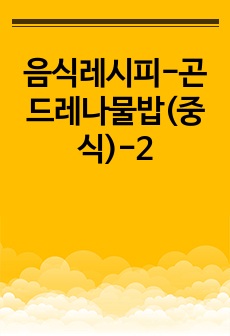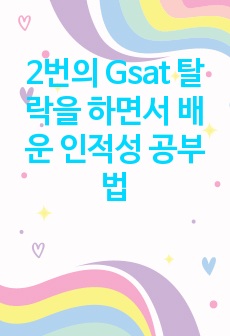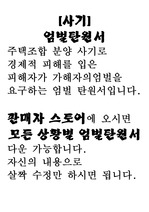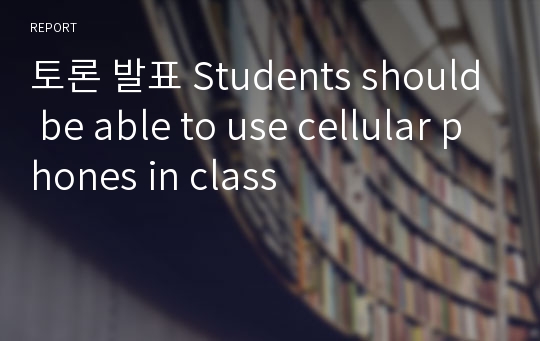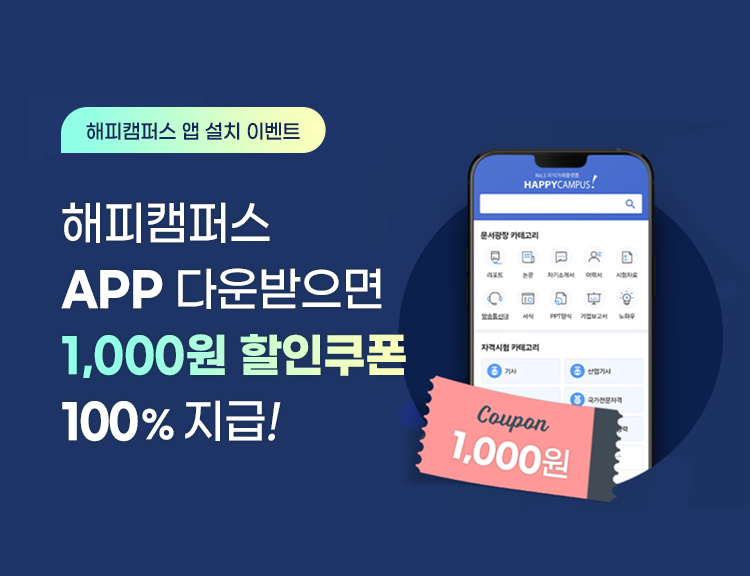토론 발표 Students should be able to use cellular phones in class
*예*
다운로드
장바구니
소개글
Students should be able to use cellular phones in class 을 주제로 한 영어 토론 대본입니다.찬성팀이 언급해야 할 대사가 모두 작성되어 있습니다.
목차
1. The 1st Affirmative Constructive Speech2. The 2nd Affirmative Constructive Speech
3. The Affirmative Rebuttal
본문내용
The 1st Affirmative Constructive SpeechThank you, Ladies. Today we are debating the resolution, “Students should be allowed to use cellular phones in class. We on the affirmative team strongly support this resolution. We have three reasons: educational purpose, prevention of emergency crisis, and the violation of privacy.
Our first point is educational purpose. Smartphones are one of the great sources for students to take notes, record lectures, even share them with others for study purposes. In Valk, Rashid, and Elder's journal 2010, Cellphones enhance learner-centred learning by enabling students to access to information. (Sharples et al., 2007, p. 223). .Through this, learners take a greater responsibility for the learning process instead of being passively fed information. (Brown, 2003, p. 2).
<중 략>
3) In a nationally representative telephone survey, ‘the Pew Research Center’s Internet & American Life Project’ found that
- 40% of cell owners said they found themselves in an emergency situation in which having their phone with them helped.
- 13% of cell owners pretended to be using their phones helped them prevent unwanted personal interactions.
참고 자료
이효식., (2011). Cellphone use big dilemma at school. The Korea Times. Retrieved from: http://www.koreatimes.co.kr/www/news/nation/2011/06/117_8898‘Definition of invasion of privacy’ Retrieved from: http://definitions.uslegal.com/i/invasion-of-privacy/
Diana, G., James, L., Oblinger, L,. (2005). Educating the Net Generation
Retrieved from: http://net.educause.edu/ir/library/pdf/PUB7101.pdf
Dixit, S., Shukla, H., Bhagwat, A., Bindal, A., Goyal, A., et al.,(2010) A study to evaluate mobile phone dependence among students of a medical college and associated hospital of central India, Indian Journal of Community Medicine, 35(2), 229-341, doi: 10.4103/0970-0218.66878
Durbridge, D,. (2006). Confiscation and use of force: power to the teacher?. The Education and Inspections Act. Retrieved from: http://www.teachingexpertise.com/publications/protecting-children-update-224
Gamonnet, F,. (2004). Dealing with Unforeseen Events and Emergencies.
Retrieved from:
http://www.effectivemeetings.com/productivity/timemanagement/emergencies.asp
Long, K., Herrmann, S., Stovenour, D., Potvin, A,. (2011). Should we Allow students to Use their Cell phones in school?. Teaching Screenagers, 67, 96-96.
Nielsen, L,. (2012). Enriching literacy with cellphones: 3 ideas to get started
Retrieved from: http://www.techlearning.com/Default.aspx?tabid=67&entryid=4907
Philmore, A., Dwayne, D., Cheryl, C., Dion G,. (2009). An Empirical Study of Future Professionals’ Intentions to Engage in Unethical Business Practices. Journal of Academic Ethics (2009) 7(3) 159 – 173.
Prensky M, (2005), What Can You Learn from a Cell Phone? Almost Anything!, innovate.
Retrieved from:
http://www.innovateonline.info/pdf/vol1_issue5/What_Can_You_Learn_from_a_Cell_Phone__Almost_Anything!.pdf0
Rath, D,. (2012). Revisiting cell phone bans in school. the journal. Retrieved from http://thejournal.com/articles/2012/03/28/revisiting-cell-phones-bans-in-schools.aspx?m=1#V8RdtOptKsoYq64C.99 
Rath, D,. (2012). Revisiting cell phone bans in school. the journal.
Retrieved from: http://thejournal.com/articles/2012/03/28/revisiting-cell-phones-bans-in-schools.aspx?m=1#V8RdtOptKsoYq64C.99 
Rosenthal, A,. (2013). An Illegal Cellphone Search. The New York Times. Retrieved from: http://www.nytimes.com/2013/04/08/opinion/an-illegal-cellphone-search.html?_r=1&
Schneier, B,. (2008). Kids with Cell Phones in Emergencies. security and security technology blog. Retrieved from: http://www.schneier.com/blog/archives/2008/08/kids_with_cell.html
Smith, A,. (2011). Report: Mobile - Americans and Their Cell Phones. Pew Internet and American Life Project. Retrieved from: http://pewinternet.org/Reports/2011/Cell-Phones.aspx
Trump K. S., Cell Phones and Text Messaging in Schools, National School Safety and Security Services, retrieved from http://www.schoolsecurity.org/trends/cell_phones.html
Valk, J, H., Rashild, A, T., and Elder, L.,(2010), Using Mobile Phones to Improve Educational Outcomes: An Analysis of Evidence from Asia, The International Review of Research in Open and Distance Learning, Vol 11, No 1, retrieved from http://www.irrodl.org/index.php/irrodl/article/view/794/1487











